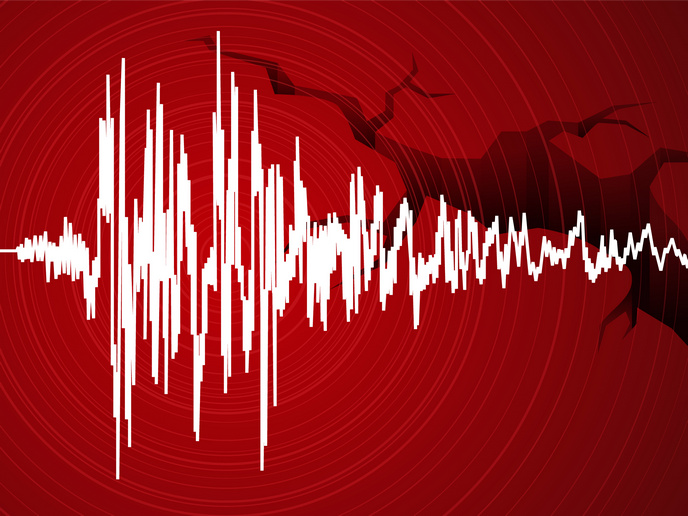Concrete steps for reinforcement
Solidly built structures and buildings are a prerequisite for the welfare of society. The buildings we live and work in must be able to withstand many natural and manmade threats, from tsunamis to terrorist attacks. The EU-funded project 'Numerical and experimental investigation of reinforced concrete structures subjected to impact loads' (RCIMPACT) is developing software to analyse, design and improve concrete structures. It is examining impact behaviour of reinforced concrete through high-tech 3D modelling techniques based on non-linear finite element analysis (NLFEA) software. This is an upgraded software version that incorporates modelling techniques such as the disturbed stress field model (DSFM) and the modified compression field theory (MCFT). The major improvement is that the software can now analyse structures not only under static loads, but under dynamic ones as well, including impact analysis. In conjunction with the software, the project team is testing reinforced concrete specimens to investigate the exact effects of impact loads. Various tests to demonstrate the validity of the new software have also been conducted on reinforced concrete beams. The software was able to capture specific load displacements, reinforcement strains, support reactions and actual damages quite effectively. RCIMPACT is now undertaking more sophisticated tests involving higher strains on reinforced concrete, as well as impact analysis featuring different reinforcement levels. This promises to yield newer modelling techniques that will enable safer design of concrete structures. With a more in-depth understanding of reinforced concrete and the mechanisms behind its resistance, buildings, bridges, schools and offices may become safer.






